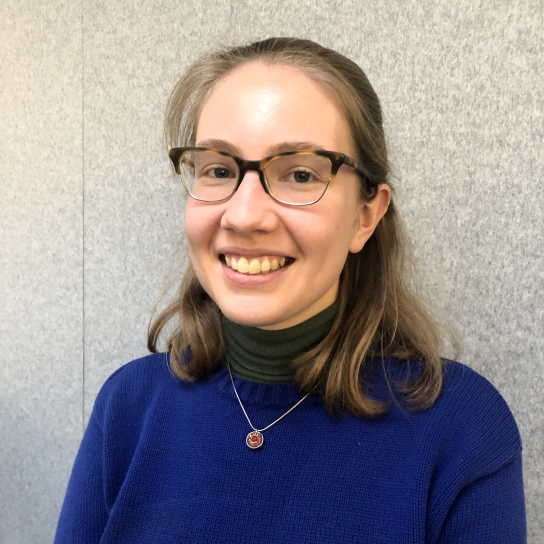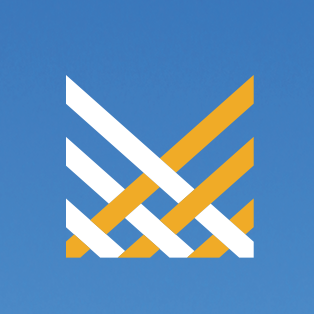Quick Summary
In honor of our 50th Anniversary, we're catching up with each of our original partner libraries. We've asked staff members from each library to reflect on their shared history with Minitex and update us on how their institutions have grown and changed over the years. This week, we're checking in with Matt Rosendahl, Library Director at the University of Minnesota Duluth.

What drew you to working in libraries? What makes this work unique and meaningful to you?
Matt Rosendahl: I'm the kind of person who has always loved reading and loved libraries, so that initially drew me in. However, I have continued working in libraries because I am continually impressed by their innovation and adaptability in meeting their communities' needs and in helping people access information, education, and overall life-enriching resources, programs, and services. I have seen the ways that people use libraries to change their lives, and it makes this work very meaningful.
What is one project your library is working on right now that you’re excited about?
MR: I'm excited about the Northeastern Minnesota COVID-19 Community Archive Project. The archives staff in our library quickly developed their first digital collection project right when the pandemic hit, and they've grown it tremendously thanks to an NEH grant and partnerships with faculty, and community members and organizations. It will be a valuable resource for generations of researchers - and it's an important collection of artifacts right now to help understand how the pandemic has affected people differently.
I'm also eager to start our strategic planning process. Like other libraries, we have been seriously impacted in the pandemic by a reduction in staffing. But we've also made some discoveries and improvements in our library services in the past year thanks to the creativity and collaboration in our team. We're able to hire for many of our vacant positions now, and I look forward to our team developing a strong plan for the future that will build upon the lessons in the last year and help us be a strong library for the students, staff, faculty, and community members at University of Minnesota Duluth.
Minitex is celebrating its 50th anniversary this year. How has your library's relationship with Minitex changed over the years? How does the partnership affect the services you offer your patrons?
MR: As a founding partner of Minitex, one thing has definitely changed: we're not using teletype anymore! On a more serious note, one thing has remained constant: Minitex helps us do things better than we can on our own. From trainings, to the Minnesota Digital Library (where we are a top contributor!), to cooperative purchasing, and so much more, our relationship with Minitex and the powerful collaborations it provides have improved, expanded, and enhanced our services.
What makes your library stand out? How do you adapt your services to meet the needs of your particular community?
MR: Many people initially are impressed by this library and its architecture, interior design (including our Chihuly), and adaptable spaces. But our library stands out because of the staff who strive to create opportunities for our campus and build partnerships with stakeholders. This has resulted in campus- and community-wide programming like Reading Without Walls and Shakespeare's First Folio exhibit, and regularly appears in classrooms, the online learning management system, student group meetings, and more.
What activity or place would you recommend a first-time visitor to Duluth check out?
MR: Grab a bite to eat from any of our locally-owned (and exceptional!) restaurants and take it to Park Point to sit on the white sand beach while looking at the lake and watching waves and ore boats. However, if you come in the summer, bring your parka in addition to your swimsuit. The weather changes quickly by the big lake!

